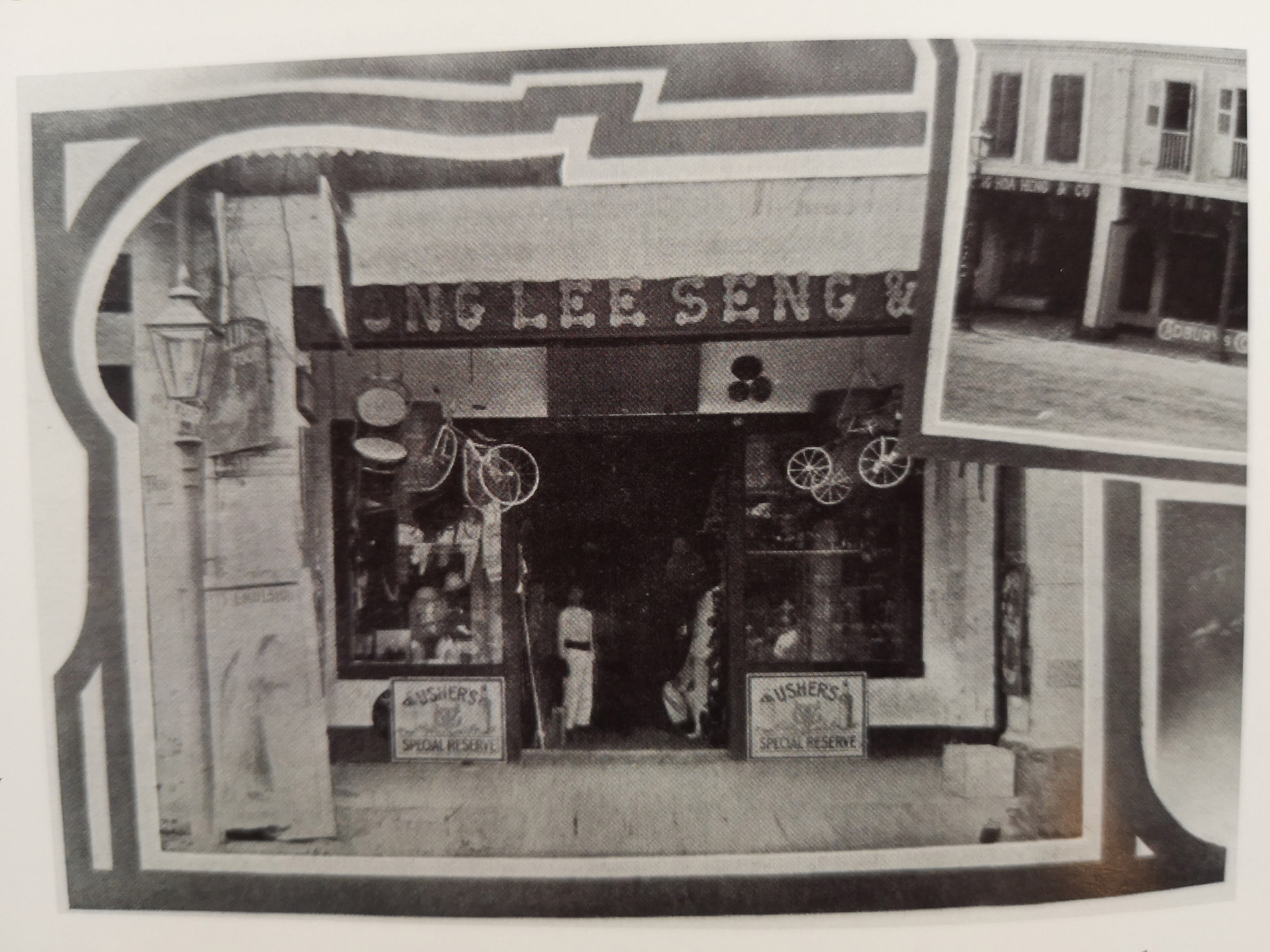Written by Baba Peter Lee
Baba Peter Lee asks if this could be the first designer chair to make its way to Singapore
I have always been fascinated by a particular photograph of my grandmother, Tan Guat Poh, as a young girl of perhaps 18 in 1908, in which she is seated (extreme right) in a row of chairs with her mother, younger brother and older sister. I have always regarded the photo as quintessentially Peranakan.
Yet it is impossible to pin down exactly what makes it ‘Peranakan’. There they are, the ladies dressed in baju panjangs made of European fabric, their sarongs of Dutch cotton dyed and batik-ed in Java, and their gold and diamond jewels fashioned by Ceylonese craftsmen. My granduncle Cheng Juay, looking dapper and aloof, is dressed in a drill cotton baju tutop or closed coat, worn by every well-dressed European gentleman ‘out East’. The wall is hung with photographs and prints in popular Edwardian style, i.e., cluttered. On what is probably a locally-made teakwood sideboard in colonial style, European bric-a-brac is proudly displayed. One can discern European glass or ceramic vases and figurines, from Singapore’s John Little or Whiteaways perhaps, where everything good in Malacca came from. And remarkably, a whole row of classic bentwood chairs designed by Michael Thonet. The modernity and streamlined design of the chairs seems at odds with Peranakan taste, yet they were extremely popular in Peranakan houses. I had always assumed my grandmother and her family were trying to express their pride in their Peranakan tradition, when in fact, on examining the elements in the photograph, they were desperately trying to be ‘modern’!


Michael Thonet (1796-1871) was born in Boppard (60km from Frankfurt). The son of a tanner, he became a carpenter and set up his own workshop in the 20s. His early experiments with laminated wooden chairs caught the attention of the Austrian chancellor who invited Thonet to Austria. By 1849 he had established a new workshop that began producing bentwood furniture with prefabricated parts and a revolutionary assembly system that preceded modern mass-produced furniture. In 1859, he launched the ‘14’ chair – the classic Viennese coffee shop chair, or what is known locally as the kopitiam chair. Made of six parts and shipped in flat packages and assembled by retailers, it facilitated mass production and low prices. In 2009, Thonet, the family company, which is still around, celebrated the 150th anniversary of the ‘14’, and the production of more than 50 million examples. As other began to copy the chair, the Thonet family began to mark their products with an impressed stamp.
When did the chair reach Singapore? Well at least by 1884, the German import agents Katz Brothers were advertising ‘Thonet’s bentwood furniture in great variety’ in The Straits Times (11 October 1884, p.32). In 1908, approximately when this photograph of my grandmother was taken, the chair was in fact already ‘vintage’ (or middle-aged at 50 years old). Local establishments such as Yong Lee Seng at Kling Street and Orchard Road were already selling versions of the chair at this time. As to whether they were selling the originals, well, I suppose it is good to know that then. As now, that is the question.
This article was originally published in The Peranakan Magazine’s Oct-Dec 2009 issue.
All photographs by Peter Lee.
Visit www.thonet.de for more information.


